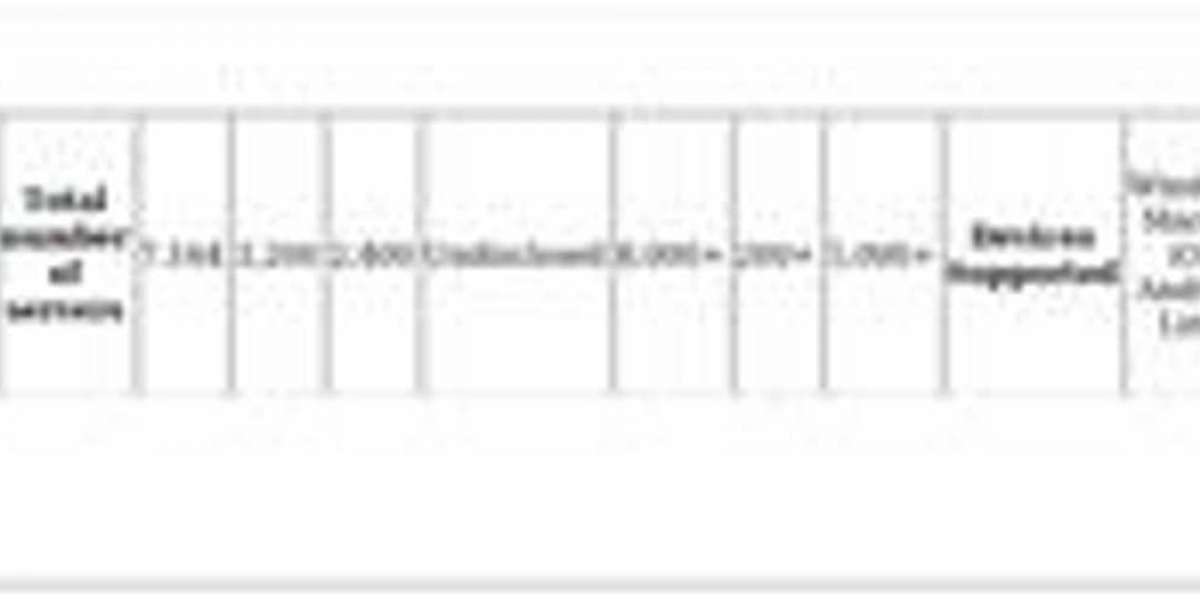In the fast-paced world of online trading, where investors can buy and sell stocks, forex, cryptocurrencies, and other assets from the comfort of their homes, understanding the cost structure is crucial for long-term success. While the allure of quick profits draws many into the markets, fees, commissions, and hidden costs can significantly erode returns if not carefully managed. According to various financial experts, these expenses can add up to thousands of dollars annually for active traders, turning potential winners into break-even or losing propositions. This comprehensive breakdown explores the various types of fees associated with online trading, how they work, and strategies to minimize them. We'll also discuss the importance of education in navigating these costs, including options for trading courses in UAE to build a solid foundation.
Understanding Commissions: The Frontline Trading Cost
Commissions are perhaps the most straightforward and visible fees in online trading. They represent the charge brokers impose for executing a trade on your behalf. Historically, commissions were a major revenue source for brokerages, often ranging from $4.95 to $20 per trade, depending on the broker and trade volume. However, the landscape has shifted dramatically in recent years with the rise of zero-commission trading platforms.
Today, many leading brokers like Fidelity Investments offer $0 commissions on online U.S. equity trades, exchange-traded funds (ETFs), and even options trades (with an additional $0.65 per contract fee for options). Similarly, Charles Schwab provides commission-free trading for stocks and ETFs, with no account minimums or hidden fees advertised. Questrade in Canada echoes this trend, charging no commissions on stocks and ETFs but $0.99 per options contract. Vanguard also follows suit, though it may charge separate commissions for orders executed over multiple days.
Despite the "zero-commission" label, it's essential to note that this doesn't mean zero costs overall. Brokers like Merrill Edge maintain transparent pricing but may have other charges. For options trading, fees can include a base commission plus a per-contract fee, often ranging from $5.95 + $1.00 per contract. High-frequency traders should be wary, as these can accumulate quickly—imagine paying $0.65 per contract on hundreds of trades monthly.
Interactive Brokers takes a tiered approach, with fees varying based on volume, which can be as low as fractions of a cent per share for large trades. Zacks Trade, on the other hand, has a $250 minimum deposit and charges $15 monthly inactivity fees for accounts under $25,000 with low activity. These examples highlight how commissions aren't uniform; they depend on the asset class, broker, and your trading style.
Beyond Commissions: Spreads, Swaps, and Transaction Fees
While commissions grab headlines, other fees often lurk in the background. In forex and CFD trading, the spread—the difference between the buy (ask) and sell (bid) price—is a primary cost. Brokers profit from this markup, which can be fixed or variable. For major currency pairs like EUR/USD, spreads might be as low as 0.1 pips, but exotic pairs can widen to 10 pips or more during volatile periods. This hidden commission equivalent can cost traders significantly over time, especially in scalping strategies.
Another forex-specific fee is the swap or rollover fee, charged for holding positions overnight. It's based on interest rate differentials between currencies and can be positive (a credit) or negative (a debit). For instance, holding a long position in a high-interest currency against a low one might yield a swap credit, but the reverse incurs costs. Traders Union notes that brokerage fees encompass transaction fees, withdrawal fees, and more, emphasizing the need for full transparency.
For stock and ETF traders, transaction fees include regulatory charges like SEC fees (about $0.000008 per dollar sold) or FINRA trading activity fees. These are often passed directly to the trader. In options, additional clearing fees range from $0.03 to $0.65 per contract, which can add up for volume traders. ETFs themselves carry expense ratios, internal management fees deducted from the fund's assets, typically 0.03% to 0.50% annually. While not a direct trading fee, this ongoing cost impacts net returns. The Canadian Securities Administrators highlight that buying/selling ETFs incurs trading commissions similar to stocks.
Hidden Costs: The Sneaky Profit Eaters
Hidden costs are where many traders lose money without realizing it. One major culprit is payment for order flow (PFOF), where zero-commission brokers sell your orders to market makers for execution. A University of California Irvine study revealed that transaction costs vary from -0.07% to -0.45% across brokers, meaning retail traders might get worse prices indirectly. FINRA warns that "zero commissions ≠ zero fees," as brokers may earn from other sources like interest on cash balances or margin lending.
Slippage occurs when your order executes at a different price than expected, common in volatile markets. This can turn a profitable trade negative. Inactivity fees penalize dormant accounts; for example, some brokers charge $10–$50 quarterly if no trades are made. Deposit and withdrawal fees vary—wire transfers might cost $25–$50, while ACH is free, but international traders face currency conversion fees up to 1%.
Platform fees are another hidden gem; some brokers charge for advanced charting or data feeds, ranging from $0 to $100 monthly. Facet Wealth identifies five key hidden fees in portfolios, including advisory fees, mutual fund loads, and custodian charges that can eat into returns. In Singapore-focused advice, Yahoo Finance notes platform fees up to 2% on assets under management. For video insights, a YouTube analysis discusses how brokers earn from order fees, third-party grants, and even questions platforms like Trade Republic for potential hidden costs.
NerdWallet emphasizes that brokerage fees include not just commissions but also account maintenance, margin interest, and transfer fees, urging investors to review fee schedules. Moomoo provides a detailed 101 on fees, covering options and more.
Minimizing Fees: Strategies for Smarter Trading
To combat these costs, choose brokers with transparent pricing and low overall fees. Compare using tools like BrokerChooser for Interactive Brokers' rates. Opt for zero-commission platforms but verify PFOF impacts. Trade larger lots to dilute per-trade costs, avoid frequent small trades, and use limit orders to reduce slippage.
Consolidate accounts to avoid inactivity fees, and prefer brokers with free withdrawals. For ETFs, select low-expense-ratio funds. Always calculate the total cost of ownership, including taxes on trades.
Enhancing Your Knowledge with Trading Courses in UAE
Education is key to spotting and avoiding these fees. For traders in the Middle East, trading courses in UAE offer specialized training to demystify costs and build strategies. The CFI Online Trading Academy in UAE provides expert-led courses in forex, technical analysis, and risk management, helping learners understand fee structures. Time Training Center in Abu Dhabi offers online trading courses covering essential elements like commissions and hidden costs.
Other notable options include the Online Trading Campus with 1-to-1 coaching, Trust Institute for forex strategies in Dubai, and Zabeel Institute's stock market and forex training for beginners to intermediates. Free resources like IG Academy's interactive courses are accessible globally, including UAE. Stewart's Academy offers offline and online forex programs, while ICMA provides debt capital markets courses in Dubai. Moneytize.ae delivers beginner to advanced forex and crypto courses, spanning 10–12 hours. Even ADNOC Trading Academy targets UAE nationals for trading skills. Enrolling in trading courses in UAE can equip you with the tools to analyze broker fees critically and optimize your trading plan.
Conclusion: Trade Wisely, Not Costly
Online trading fees, commissions, and hidden costs form a complex web that can undermine even the best strategies. From zero-commission brokers hiding PFOF to forex spreads and ETF expense ratios, awareness is your best defense. By selecting the right broker, trading efficiently, and educating yourself—perhaps through trading courses in UAE—you can keep more profits in your pocket. Remember, the cheapest broker isn't always the best; focus on value, transparency, and total costs. With diligent research and practice, you'll navigate the markets more profitably.








